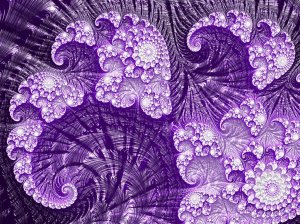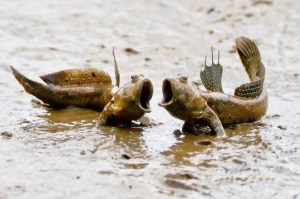Proving YouTube Wrong
This is the title I put in my outline so long ago, but it is oversimplified. It was only one YouTube channel in particular that I set out to refute.
At some point I came across Evid3nc3, where a YouTuber, through a series of videos, explains his own experience with deconversion:
I show how evidence, reason, and experiences related to prayer, morality, deconverted Christians, the Bible, and my relationship with God Himself all led to my eventual inability to believe anymore. – Evid3nc3
I was filled with pity and empathy for this deceived soul, and I set out to listen to all his videos, figure out his logical errors, and prove him wrong. I felt it was within my ability and duty to do this, not necessarily for him, but for others like him, and for myself.
…Be ready always to give an answer to every man that asketh you a reason of the hope that is in you… – 1 Peter 3:15
I was confident that the Bible was true and would stand to debunk his shenanigans and provide satisfactory answers to his conundrums.
I took detailed notes. I prayed, researched, and studied. At times it was uncomfortable; I didn’t like to admit when he made a good point. At times I wrote him off because of his occasional theatrical elements, using “he’s just manipulating emotions” as an excuse to ignore the actual points he was raising. I pressed on with my intent to refute him.
But by digesting his experience and reasons, my pity turned to empathy – truly understanding his perspective, even when I didn’t share his beliefs. And the more I studied things myself (independent of his channel), the more I found myself in the same boat, sharing an experience in many ways similar to his own.
So here is the first video in his series, yet another small influence in where I am today.


